On nice days we want to be outside, but as much as possible out of direct sunlight, which can sometimes be harmful. That's why gardens are home to wooden pergolas and gazebos. To some it may look like the same thing, but I can assure you it is not. And that's how the idea of this article came up, in which I propose to show the differences between pergola and patio, what differentiates a garden patio from one in a public park, what to protect the wood with to make it last as long as possible and other such information that may be useful to you.
What are pergolas?
Pergolas are square or rectangular constructions of wood or metal, unroofed and without walls, used in the garden to enclose a path, enclose a space or simply as a support for climbing plants. Basically, there's a top and bottom frame, which are fastened at the corners with lightweight constrctions that plants can climb on. Instead of a roof, cross beams are placed across the roof, to which plants can cling and thus shade and shelter the site or alley.
When the plants are still small and do not provide enough shade, the beams can be covered with strips of fabric or slats are nailed to join the beams without becoming a roof. Pergolas are as open, airy constructions as possible, allowing the sun to penetrate. Basically it is a small shelter created in the garden without taking away the pleasure of being in nature.
Some prefer to cover pergolas with polycarbonate, bitumen shingles, wood or other materials. The result is a more planted construction, but hanging plants no longer grow to naturally cover the construction. Air circulates more slowly and can sometimes even be suffocating under the roof, especially if the dimensions are large.
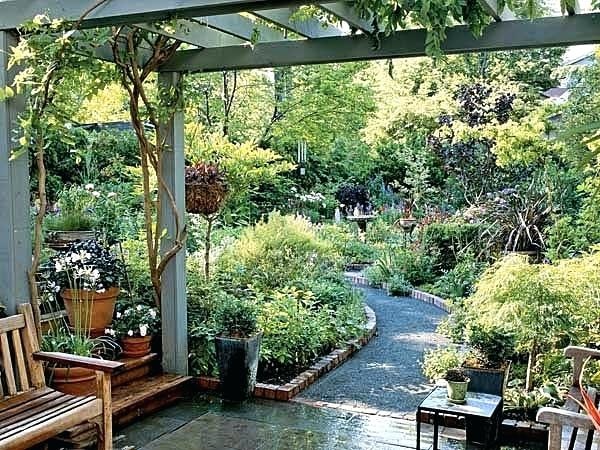
What are gazebos?
Foyers are hexagonal, octagonal or round constructions, covered on top but uncovered all around. There is practically outward visibility from any point inside. Up to half the height of the wall, there are protective garlands protecting the interior, with at least one way inside, open from top to bottom.
Sheds have been known since ancient times. In ancient Greece and Rome they were made as shrines to the deities of the time. In the Middle Ages, they were built in church or monastery gardens as secluded places of seclusion and meditation.
In the 17th and 18th centuries, they were built on higher ground near villages as lookouts to watch for enemies.
In Europe, in the 19th and 20th centuries, they were built in parks to house artistic bands, especially musical ones, which entertained people who came to relax in the park. In our country, too, there used to be such gazebos, also called gazebos. "And in the gazebo the brass band played..." probably brings back fond memories.
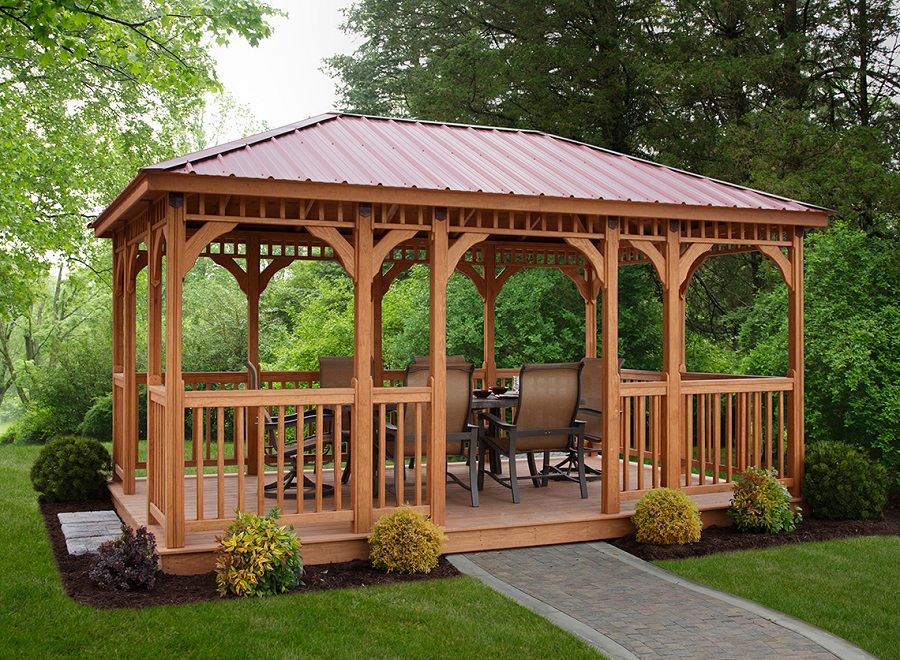
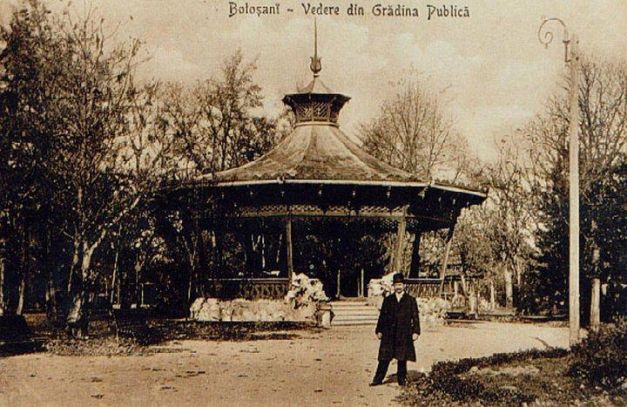
Main differences between gazebo and pergola
There are three main differences between the two seating constructions and they are basically visual differences, as the materials they are made of may be the same:
- Construction shape. The pergolas are square or rectangular, with roof beams connecting the columns in the four corners. Gazebos are hexagonal, octagonal or round, roofed and open on all sides (all around).
- The roof. Traditionally, the pergola is uncovered, protecting those who walk in the alleyways or choose to stay indoors with plants. The gazebo is covered and can be used in the rain.
- How to connect to other constructions. The fireplace is an independent construction, not connected to any other building. It is basically a place in the garden, separate from the house. The pergola can be free-standing or attached to the house or other similar construction.
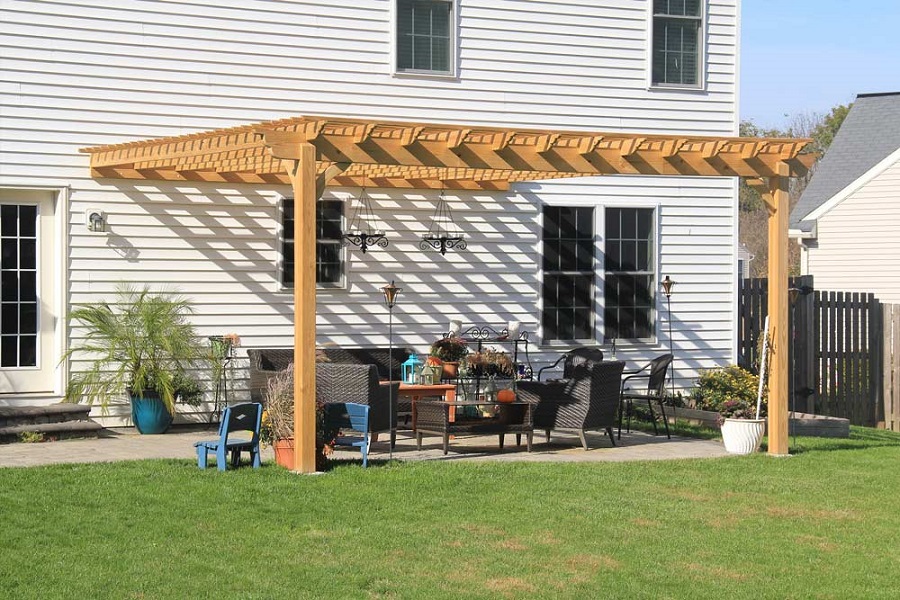
There are other types of constructions that are made in the garden and often the differences between them blur. Pergolas can often be confused with vaults, even though one has a straight roof and the other a curved one. The same goes for terraces. Plus they can have different names, depending on the area. For example, in the Arad area, the pergola is called a filigorie.
There are also rectangular or square constructions that have a roof. They are made to cover a summer kitchen or barbecue area. They are called pavilione or ramade.
Wood from which they can be constructed
As with fences, pergolas and gazebos should be made of durable wood. What is durable wood? A wood that can withstand the outdoors without rotting, rotting, insect damage or weathering, and on which UV radiation does not have a devastating effect. The most durable species are tannins. That's why exotic woods are widely used in exterior construction. Teak is one example. It is a wood that is very durable outdoors and without having to be protected with paints or oils.
A native species that is very resistant to the outside is acacia wood. It is very tannic and very hard. That's why it's also used for strength structures. Even if it looks rotted or moldy, it's only on the surface. If you remove this layer - which is very thin, by the way - totally healthy wood appears underneath.
Pressure-treated wood is recommended for exterior construction. This wood is impregnated with insect-fungicides, making it much more resistant to attack.
We use it for such lightweight constructions (pergolas) resinous wood. Douglas fir is quite strong, but it's not a wood you find everywhere. The most used wood is spruce, which is readily available and cheaper. However, it is less resistant, which is why it must be protected if you want your pergola or gazebo to last at least a few years.

Protecting pergolas and gazebos
A natural and fairly hard-wearing finish for exterior wood is oil. Linseed oil is one option. It penetrates deep and does not form a film, allowing the wood to naturally exchange moisture with the environment. If you have wooden pergolas on which plants climb, you certainly want the wood finish to be as natural as possible, and linseed oil is one option.
Although it is less weather resistant than traditional lacquer finishes, the surface does not fade over time (no film) and recoating is very simple. Basically, after a period of time, another coat of oil is applied.
If you want a more long-lasting finish, you can turn to exterior varnishes and lacquers. You should be aware that paints and glossy lacquers are most durable outdoors. It is best not to apply thick coats with the idea that the wood is well protected. You get the opposite effect. The thick film will crack more easily (lack of elasticity) and water will penetrate underneath it, causing it to flake.
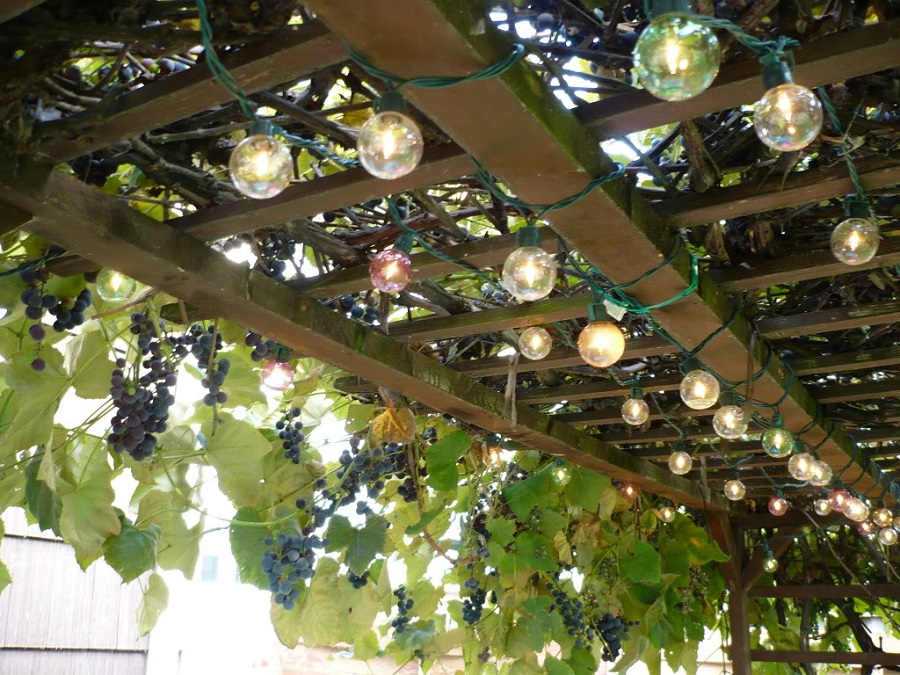
Easy DIY constructions that can be a DIY project for the more handy among us
Gazebos and especially pergolas can also be built as a DIY project. Indeed, with gazebos things are not that simple, but they are not very complicated either. It takes more work and more time. If you need inspiration find here how a gazebo was made from reclaimed wood of acacia from the collapse of sheds.
For those of you who don't have the stomach for such a big job, I found here 15 models of pergolas that you can make yourself. I hope you like at least one of them and choose it to create the perfect spot in your garden. Good luck!
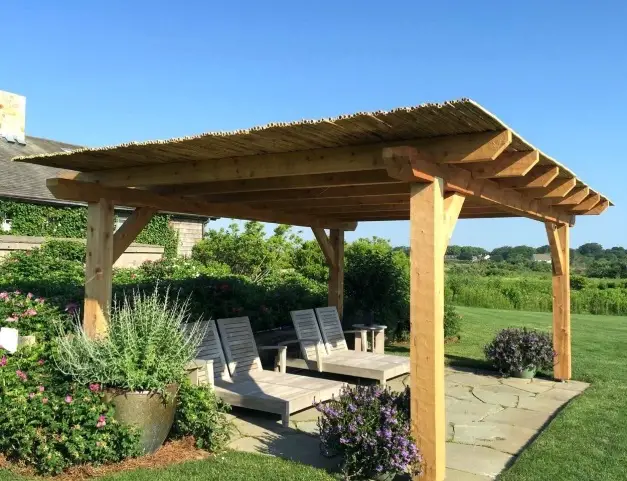



























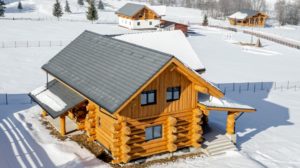








Add comment